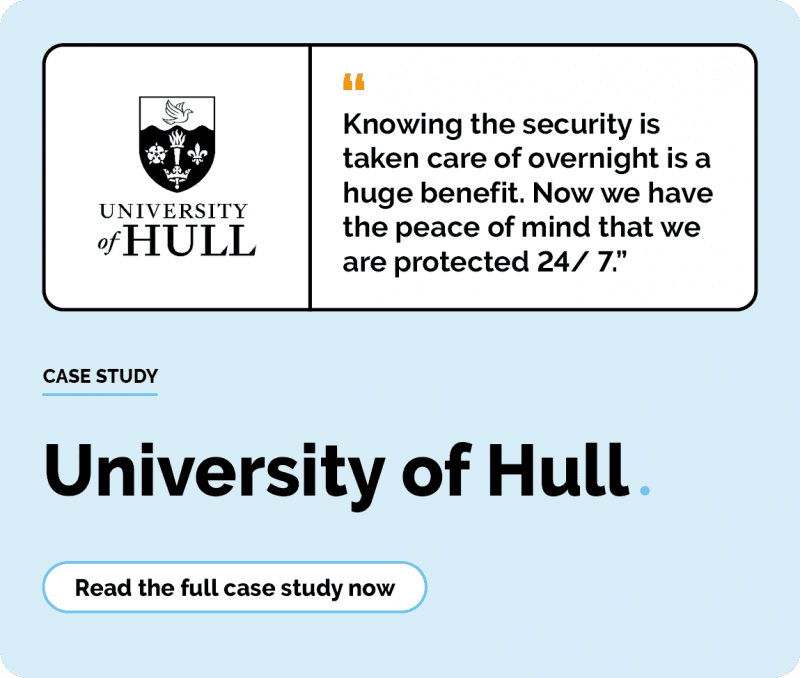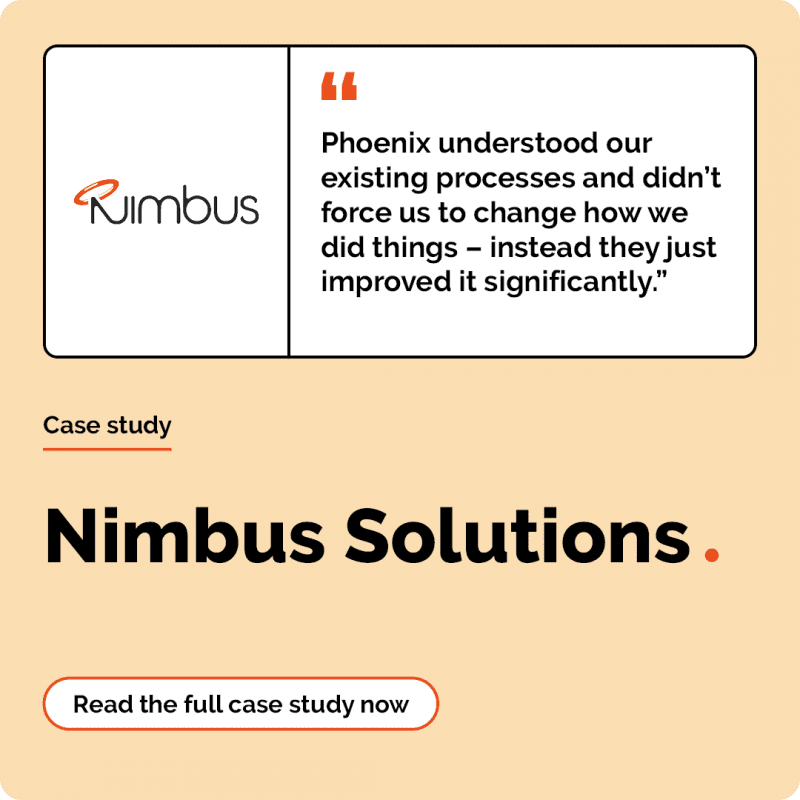Sustainable IT strategies for small charities: practical steps for a greener future
4 minute read
Jennifer Clewely
June 17th, 2025
Small Charity Week 2025 celebrates the vital work of small charities in the UK. Phoenix recognises that these organisations, despite limited time and resources, are dedicated to making a positive impact on communities and the planet.
If you’re looking to improve your environmental impact, your IT strategy is a great place to start. Even small steps toward more sustainable IT can reduce waste, cut costs, and show your supporters that you’re serious about your values.
Explore practical, affordable ways small charities can build more sustainable IT practices.
Why sustainable IT matters for small charities
Technology powers everything from fundraising and service delivery to collaboration and reporting. But it also comes with an environmental footprint, through energy use, outdated devices, or underused cloud resources.
That’s why building a sustainable IT strategy is about more than going green, it’s about:
- Saving money by using energy-efficient and longer-lasting devices
- Reducing e-waste by repairing, recycling, or reusing tech
- Making the most of cloud tools and reducing hardware dependency
- Showing funders and supporters that you take sustainability seriously
Practical sustainable IT tips for charities
You don’t need a huge budget or in-house IT team to make a difference. Here are five simple, cost-effective steps to help you move toward more sustainable IT.
1. Extend the life of devices
Before replacing laptops or desktops, consider refurbishing or upgrading existing ones. A simple memory boost or battery replacement can give a device years of extra life.
2. Choose energy-efficient devices
When it is time to replace equipment, look for energy-efficient models with EPEAT or ENERGY STAR ratings. These use less power and last longer.
3. Consolidate and reduce IT waste
Regularly audit your software, subscriptions, and devices to remove anything not in use. Unused services waste money and resources.
4. Recycle or reuse responsibly
When retiring equipment, ensure it is disposed of responsibly. Devices can be recycled or donated, and data securely wiped.
How Phoenix supports sustainable IT for charities
We offer a wide range of sustainable IT solutions and managed services to help charities reduce their carbon footprint and make the most of their resources.
We work with leading partners like Microsoft, Dell Technologies, IGEL, and more to bring forward-thinking, sustainable technologies to the charity sector. Whether it’s cloud migration, device lifecycle planning, software rationalisation, or Green IT assessments, we’ll help you find what works best for your charity’s size, goals, and budget.
Want to take the next step toward greener IT?
Building a greener IT strategy isn’t about big budgets or technical expertise, it’s about small, smart decisions that lead to long-term impact.
This Small Charity Week 2025, take a moment to look at your digital estate and ask: “How can we do this better – for our team, our community, and our planet?”
Get in touch




